We’ve all been there. We were five years old, sitting between our mama’s knees, and we were sure she was ripping our hair out from “detangling.”
While detangling — removing tangles and shed hair that causes mats, knots, and breakage — is an essential part of all hair care, there is a right and wrong way to do it. In this blog, we’ll give you some tips on detangling natural hair without giving yourself split ends, damaging your cuticles, or ripping it out altogether. Let’s get started.
Tip #1: Wet and condition your hair prior to conditioning
Damp and conditioned hair is the ideal state for detangling. Both the water and the conditioner helps to lubricate the hair and provide the slip that it needs to make it easy to detangle. If possible, comb your hair while it is still wet from washing it. If you need to detangle your hair when it is dry, spray it down with water and a leave-in conditioner. Here’s a leave-in conditioner we recommend if you don’t already have one you love.
Tip #2: Section your hair to detangle
After you’ve lubricated your hair with water and conditioner, another great trick to help detangle it gently is sectioning it. Depending on your hair’s thickness, section your hair in 6 to 8 sections. This can help you to focus on smaller portions of your hair and make the process much less stressful overall. Additionally, depending on how many knots or mats your hair has, starting with smaller sections will ensure that you don’t miss anything that needs to be addressed.
To section your hair, we recommend using either plastic hair clamps or duckbill clips to secure your sections. If you find that these clips/clamps have difficulty holding your hair, don’t be afraid to make even smaller sections. We also recommend twisting or braiding the section once you’re finished detangling it. This will not only help you visually see what you’ve finished on your head but also prevent it from tangling up again.
Tip #3: Use the right comb or brush
Both combs and brushes can be great for detangling, but they’re not all created equal. Look for a wide-tooth comb or a brush with hard and wide bristles with a rubber base. Wide-tooth combs (teeth that are ½ inch apart or wider) don’t cause as much breakage as combs with tiny teeth. Boar bristle brushes are not well suited to curls and kinks because they tend to snag on hair and cause breakage. One type of brush that curly girls love is the Denman Brush. It has plastic bristles that won’t catch on your hair, and it’ll make your hair smooth and shiny.
It’s also important to remember that combs and brushes typically have different purposes. Combs are great for separating hairs from each other while removing mats and tangles. While brushes do this as well, they also focus on removing shed hairs. The average person sheds 50-100 hairs from their head each day. If they’re not removed, they can tangle up with the rest of your hair and cause mats and knots. Use a brush with a rubber base to remove your shed hairs and leave your hair healthy!
Tip #4: Start from the ends and work your way up to the root
Too many people start from their roots and pull down on their hair when combing or brushing. Unfortunately, this results in more matting and knotting. We cannot emphasize enough — don’t detangle your hair from the middle or root of your head! Instead, begin to comb or brush from the ends of your hair, holding the ends in one hand and detangling with the other hand. Once you’ve detangled the ends, move inch by inch up the shaft until the hair is fully detangled.
Tip #5: Work with your fingers before using a brush or comb
Finger detangling can be a great way to gently detangle your hair before you start in with a brush or comb. Often, if you have a major knot or tangle, your fingers can do the majority of the work before your tear at it with another tool. Finger detangling follows the same tips as we’ve given above. Make sure you use some lubrication (water and conditioner), and section your hair to detangle it as it makes it easier to manage.
Keep in mind that finger detangling isn’t incredibly thorough on its own. We wouldn’t recommend this as a sole detangling step. You’ll want to start with finger detangling and then use a comb or brush (or both) afterward. This will ensure that you’re preventing matting, knotting, and breakage as well as removing shed hairs.

Tip #6: Detangle before styling and distributing products
Detangling can take time, and thus you may be eager to skip this step. Unfortunately, if you don’t properly detangle before styling your hair, you can end up with a bigger mess later on. We recommend detangling your hair prior to styling it. This will allow you to easily manipulate it and create smooth styles like braids or twists. Likewise, whenever you take a style down, be sure to detangle your hair. You’re likely to experience quite a bit of shed because your hair has been in that style for a couple of weeks. You’ll want to remove that shed from your head to ensure it doesn’t result in any knotting or matting.
Additionally, any time you plan to distribute a product in your hair, be sure to comb or brush your hair as you do so. This is a 2-in-1 method that helps you to ensure that all the product is reaching different parts of your hair but also allows you to use the product as lubrication to properly detangle. We’ve found this works especially well with thick and creamy products that are difficult to apply without a tool like a comb or brush.
Tip #7: Remember to detangle both before and after shampooing
One of the goals of detangling is to prevent the hairs from sticking to one another. That said, shampooing will make your strands stick together, and as such, you should be sure that the hair is separated prior to this. We recommend detangling both before and after shampooing. By doing this, you’ll have the least number of shed hairs possible and remove any tangles that will be created by shampooing.
After you shampoo and condition, detangle again to ensure that your hair will dry free of mats and knots!
Tip #8: Be gentle with your hair
Detangling is an important part of hair care, but rough detangling will ultimately result in pain, breakage, and damage. Don’t do more damage than you need to! You should always start at your ends where your hair is oldest and weakest and detangle slowly and carefully. It’s always worth being patient to ensure you don’t snap off all that growth you’ve been working hard to maintain.
Tip #9: Don’t over-detangle
We know we’ve been raving about the importance of detangling for the last 9 tips but avoid the mentality that your hair must always be 100% tangle-free. If you have natural locks, tangles come with the package. If you’re able to work freely with your hair, you’ll likely need to work around any given mini tangle. If a snag isn’t preventing you from styling it, then don’t stress.
Tip #10: Detangle regularly
Detangling your hair should be part of your regular hair routine. Unless you’re currently wearing your hair in a protective style, you should try to work through your hair from ends to root at least once per week (if not more often). Unfortunately, many women put off detangling because of the time it takes to do it. It can be frustrating when detangling takes hours, but we’re here to tell you that the more you do it, the less time it will take.
Establish a hair care regime that includes detangling. If you make this part of your regular routine, you’ll find it’s much easier to do. Here are some of our blogs on building a natural hair regimen.
- How to Build an Effective Natural Hair Regimen
- How to Prevent Breakage from Braids and Other Protective Styles
- How to Create a Healthy Hair Regimen
Final thoughts
Detangling regularly helps to keep breakage, knotting, and matting at bay. When your hair is tangled, it can be difficult to comb through and style without breaking off pieces. For natural hair, this means you can snap off the growth that you’ve worked hard on for the last several months and natured through protective hairstyles. Detangling each week will allow you to protect your hair and keep it healthy!
For more information about natural hair and the best products to use, visit Taliah Waajid.
WRITE FOR US
Think you've got a fresh perspective that will challenge our readers to engage and educate themselves on how to attain a healthier self, hair and skin included? We're always looking for authors who can deliver quality articles and blog posts. Thousands of men and women will read your work, and you will level up in the process.
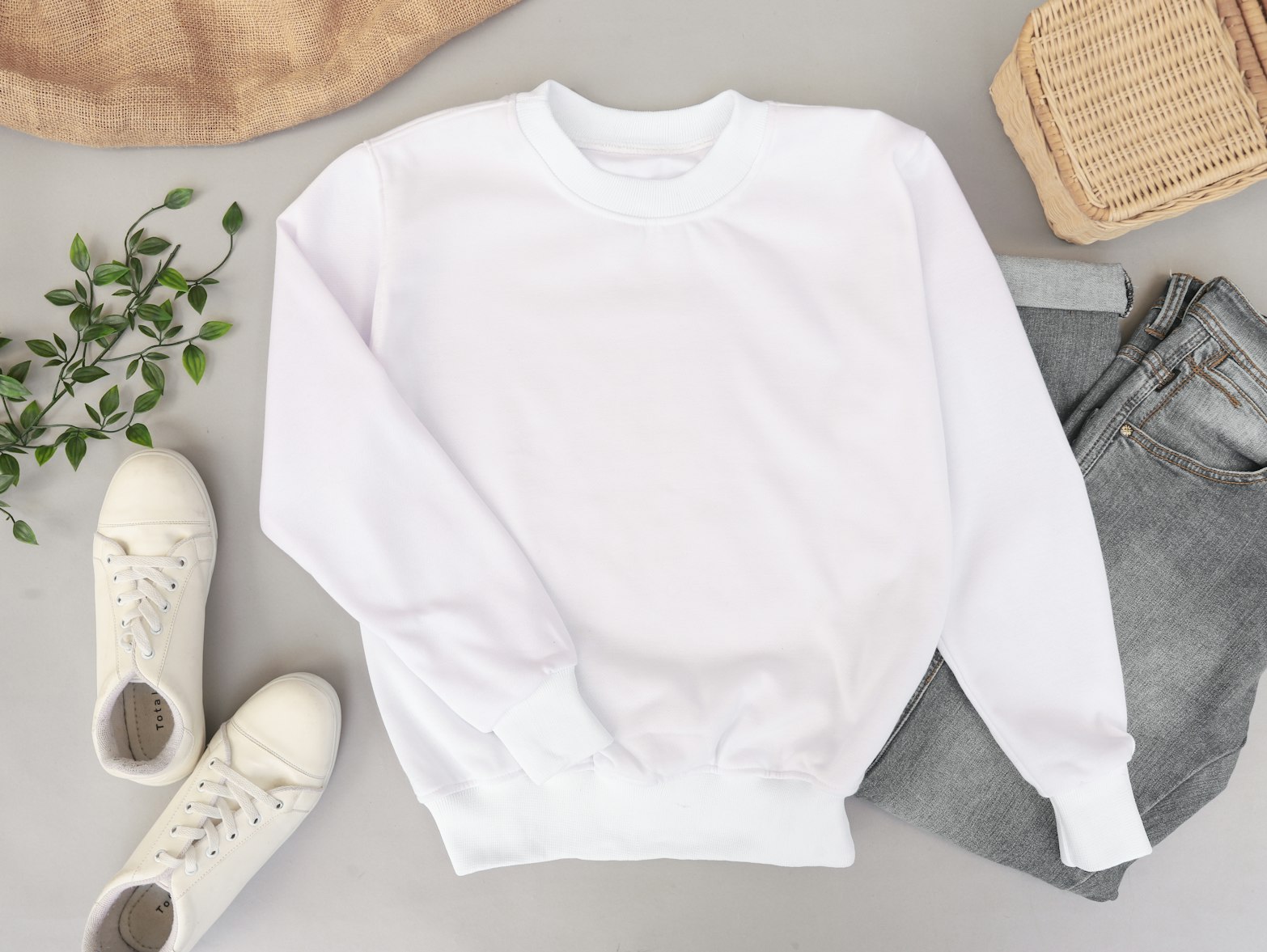
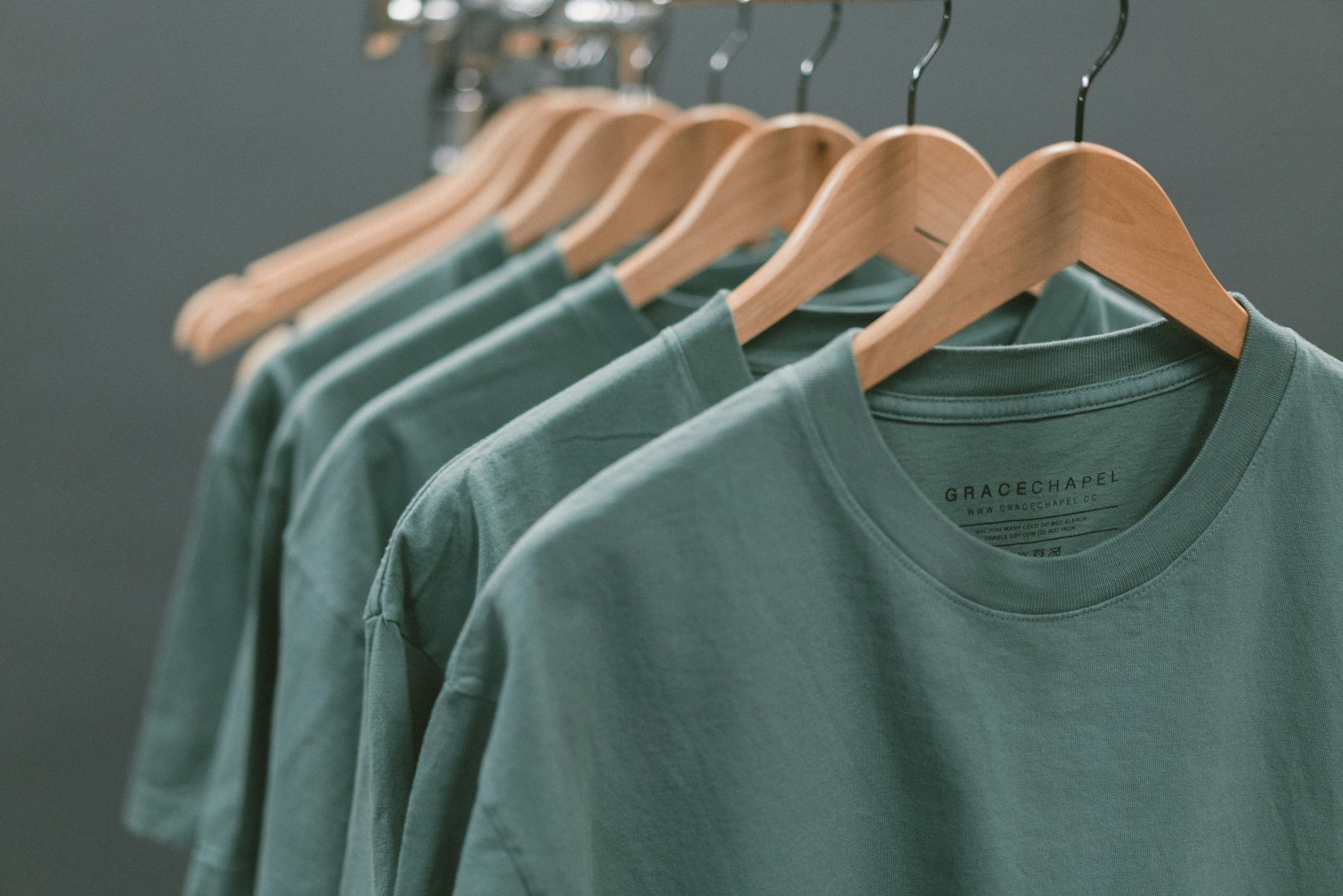
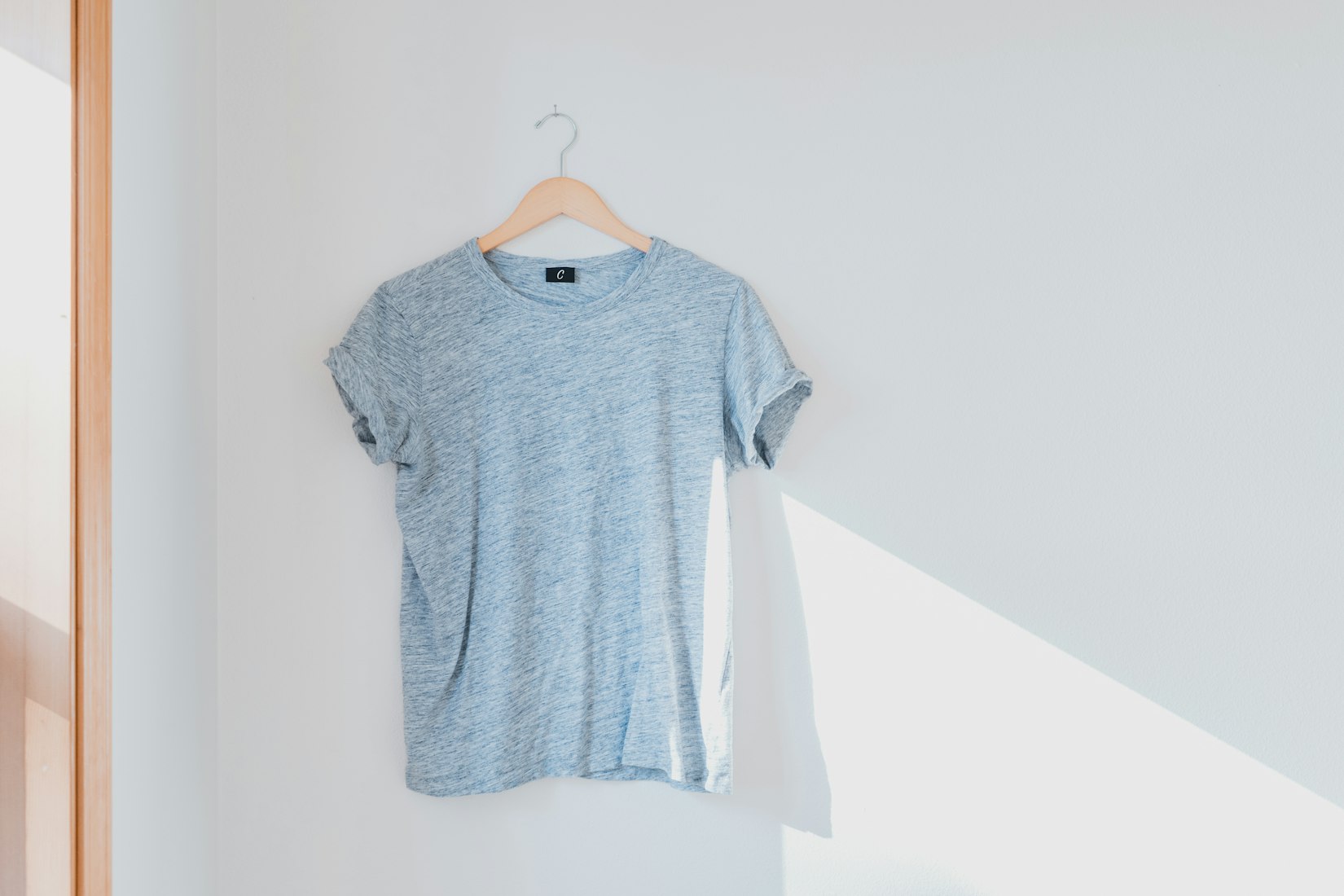
 English
English Arab
Arab
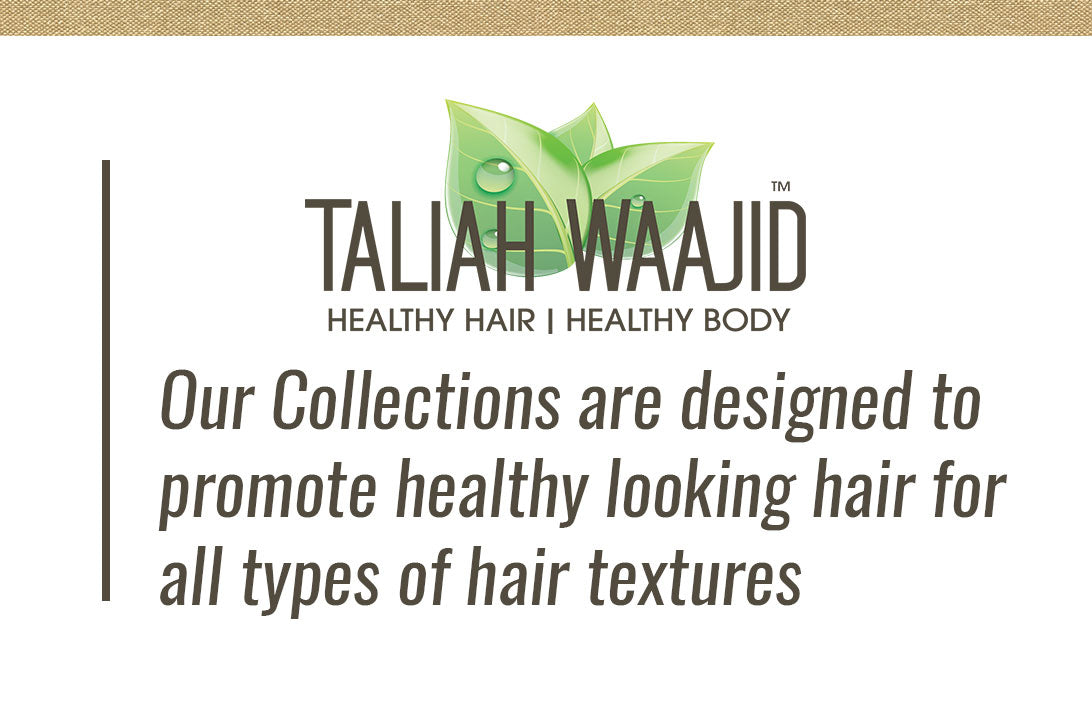
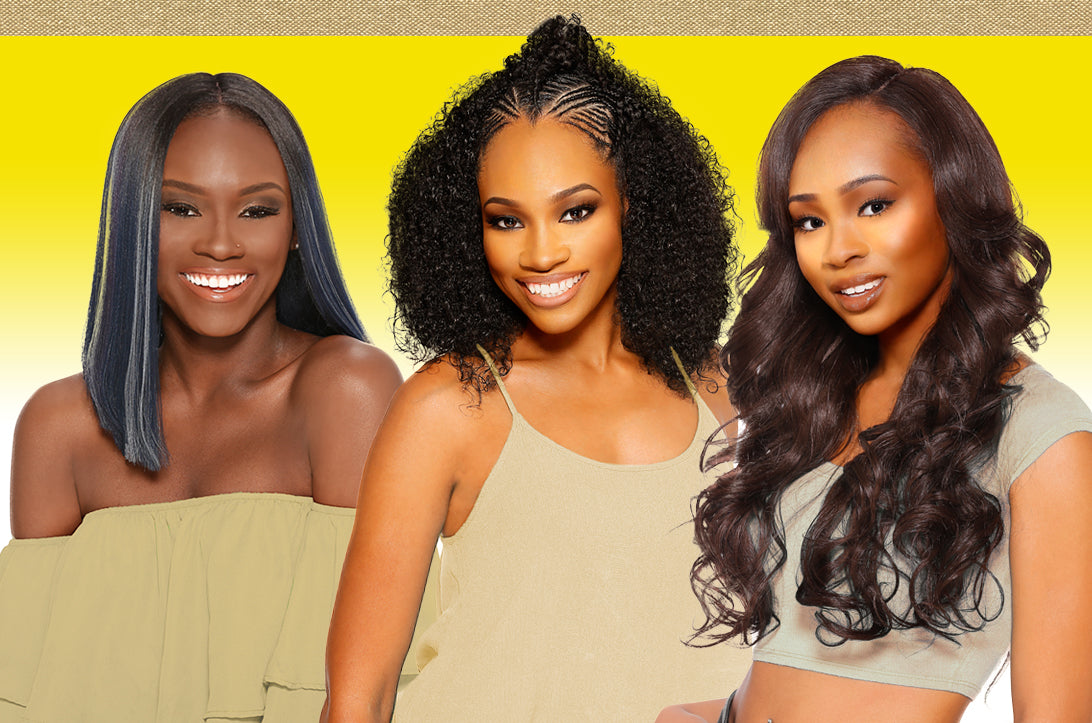







I am a Muslim woman who wears hijab and my hair gets very dry very often. It came a lot and I didnt know what to do. I don’t wear hijab in the house and dreaded taking it off because I would have to look at my hair. WHEN I FOUND, THE CURLY CURL CREAM!!!! I was so HAPPY? it tamed this kinky head of mine. THANK YOU!!! I am a customer forever
Remember that combing your hair regularly improves the blood circulation which is needed to promote healthy hair growth and most importantly prevents unnecessary breakage and yes, your hair will not be as tangled and become easier to comb one a consistent routine is established. Try using our product The Great Detangler.
I loved your infomation, I already practice these steps. I dislike combing hair so I do so once in 2 to 4 weeks. During pregnancy I washed very often but didnt comb for over 12 momths. So I have mastered the art of combing out knots. I would add; never pull tight on your knots always be very very gentle and pick your hair from the ends working upwards. Keep the knots as loose as possible. This is the secret to curly hair. Picture you are trying to unlock curls that are tightening up with a few loose/dead hair in the mix. It helps to wring the hair from the roots and hold tightly to prevent any pains to the scalp.